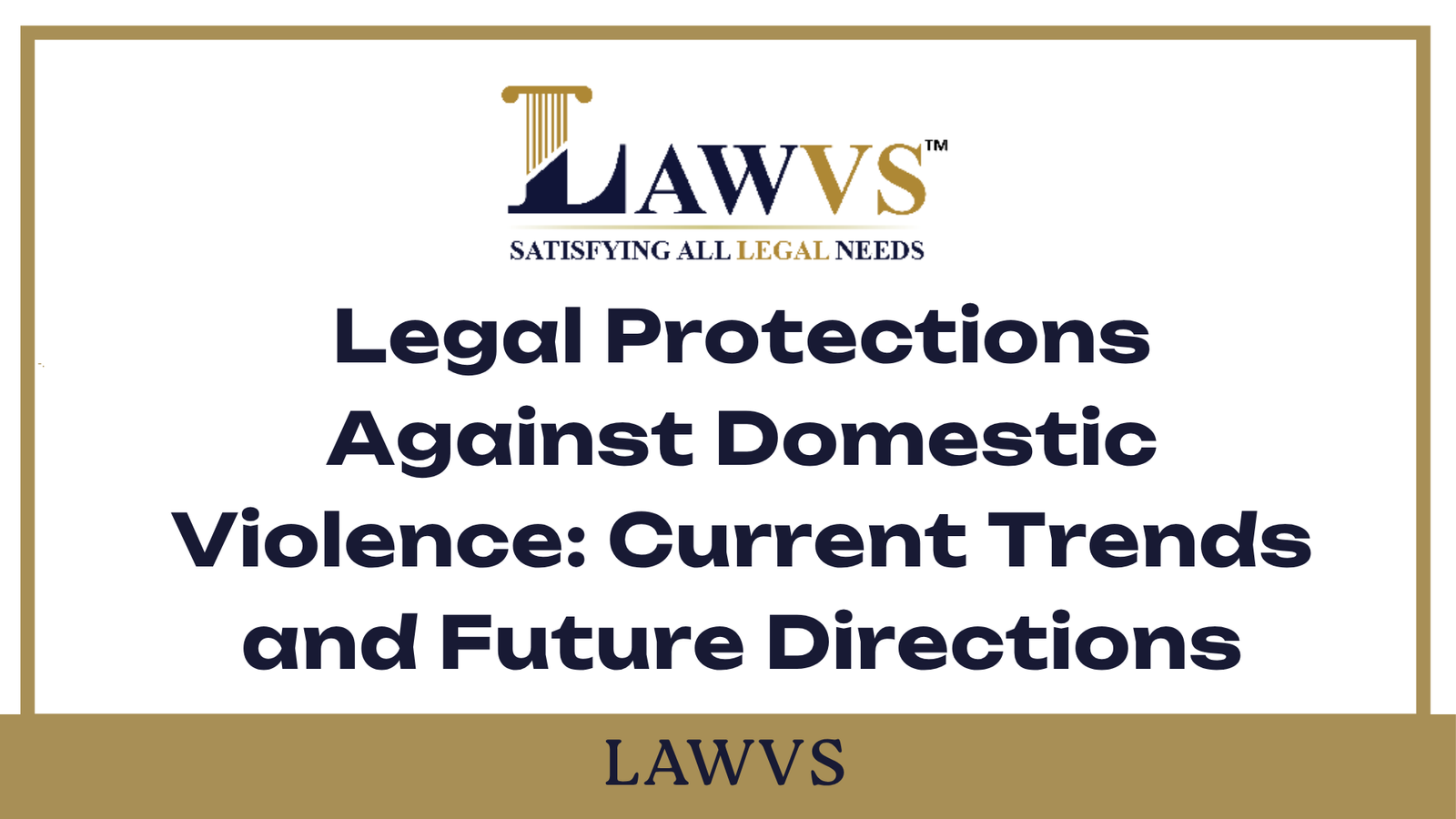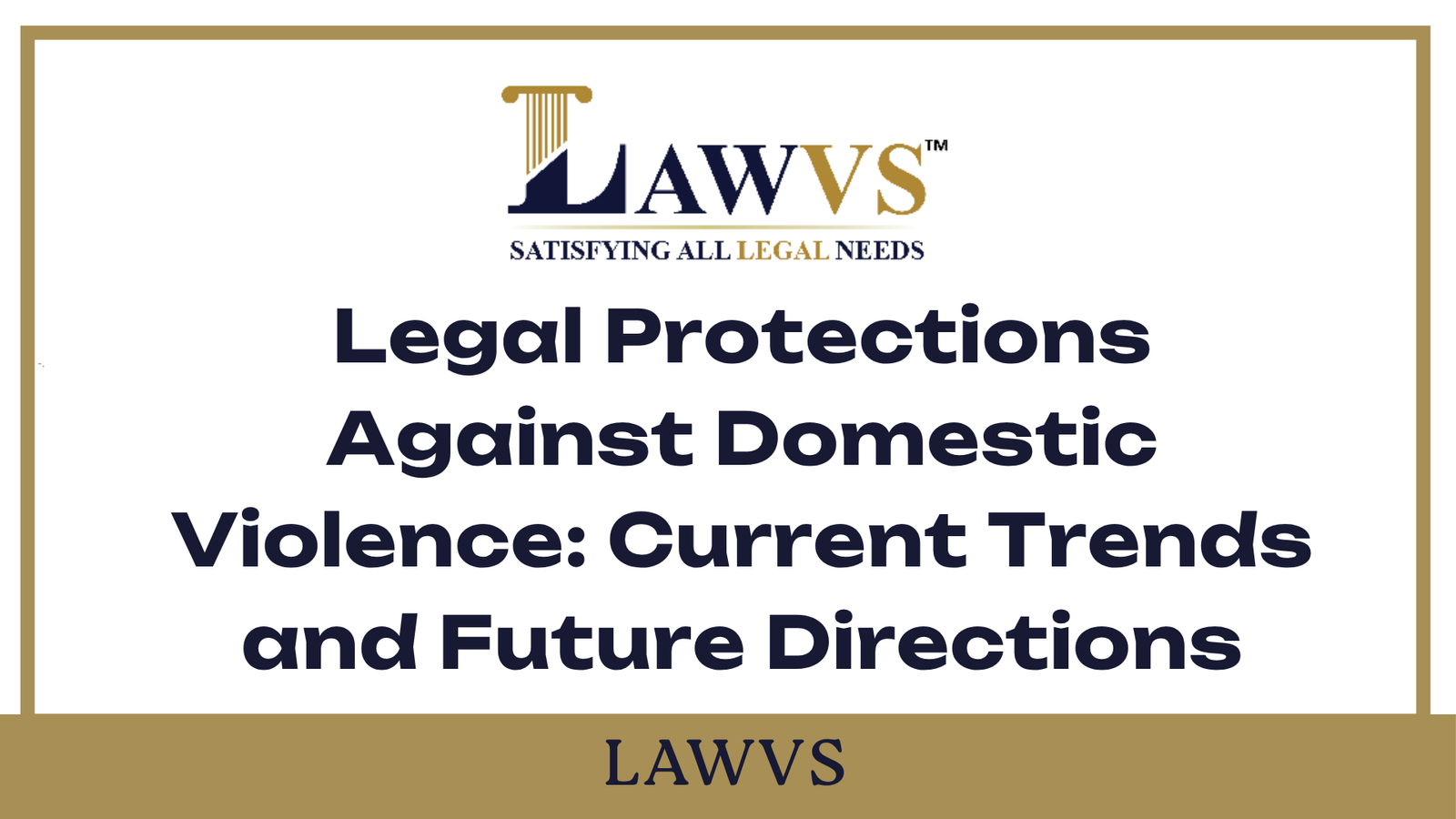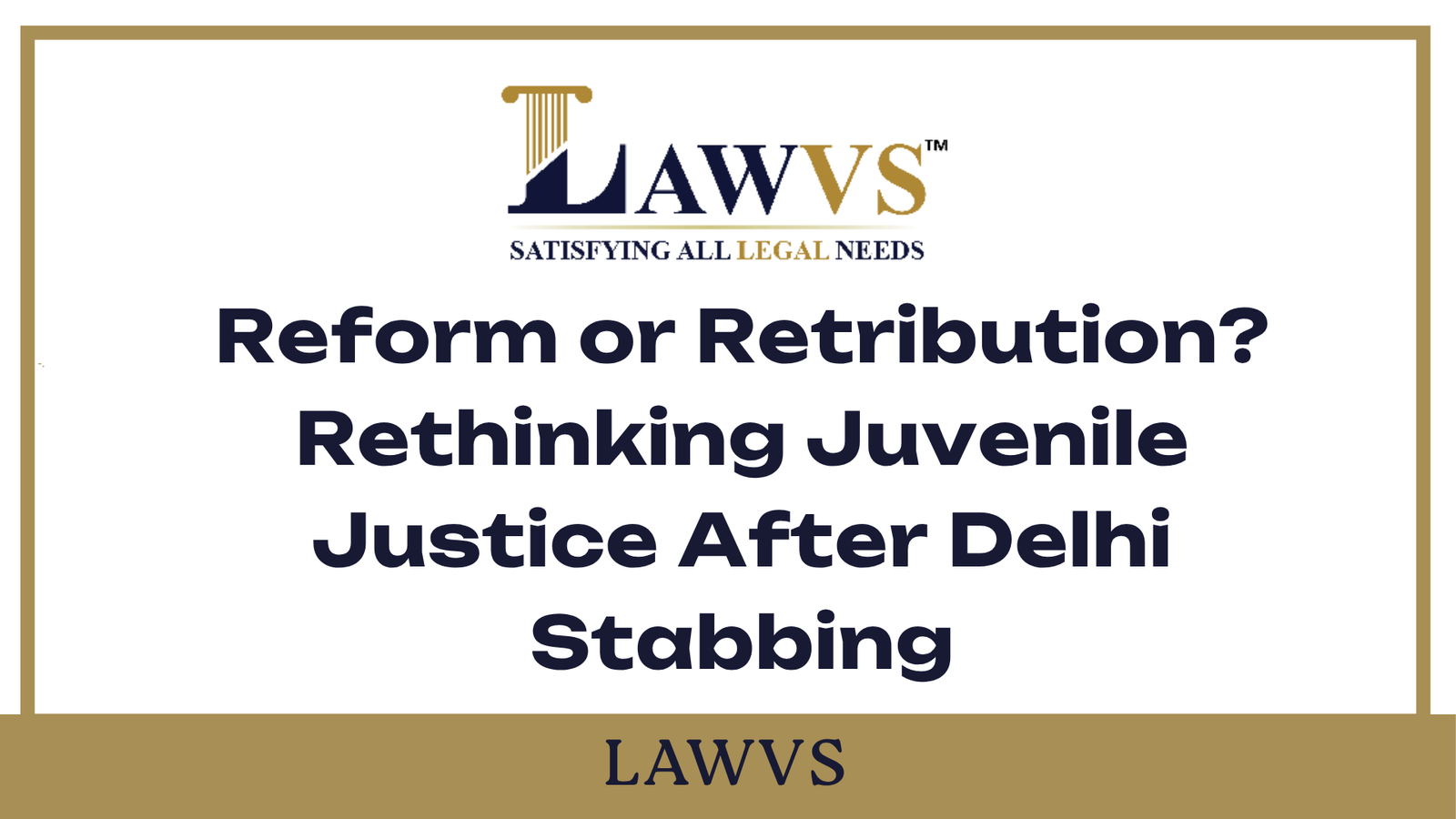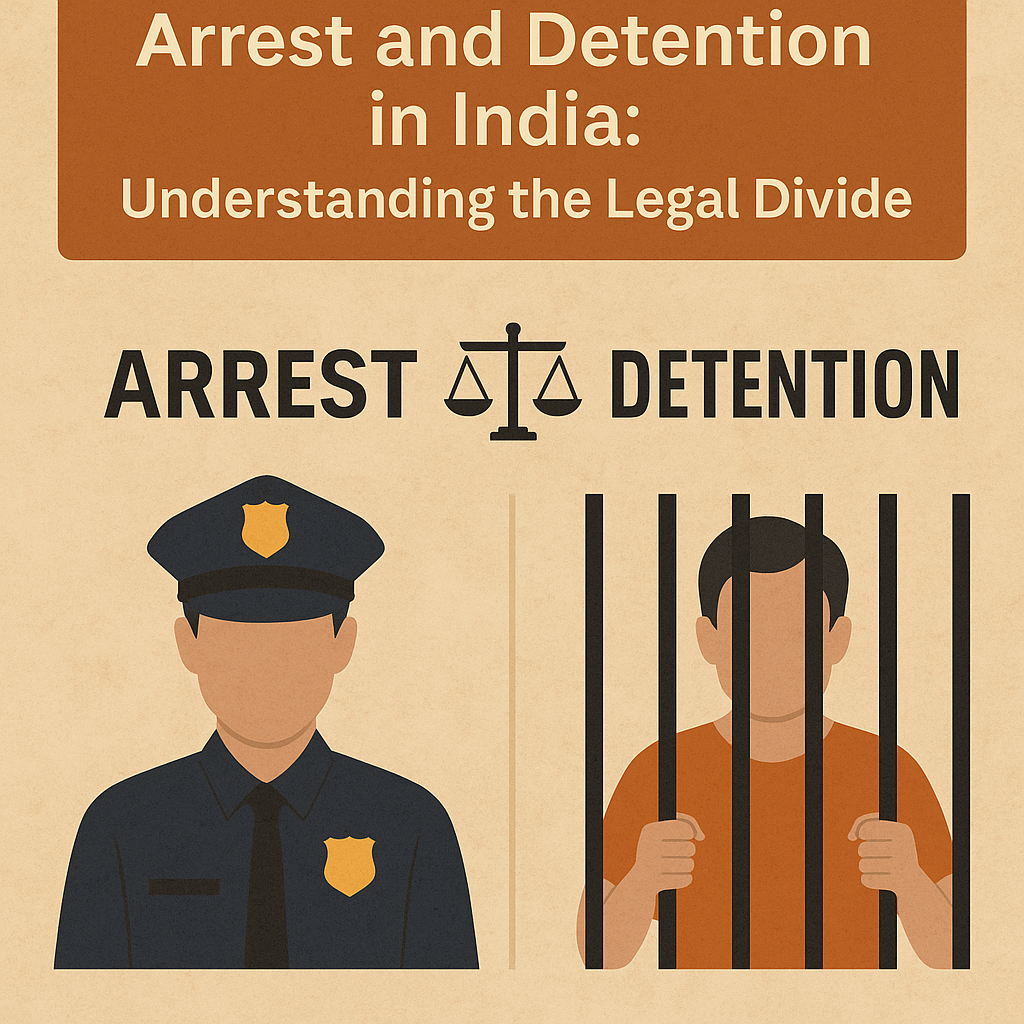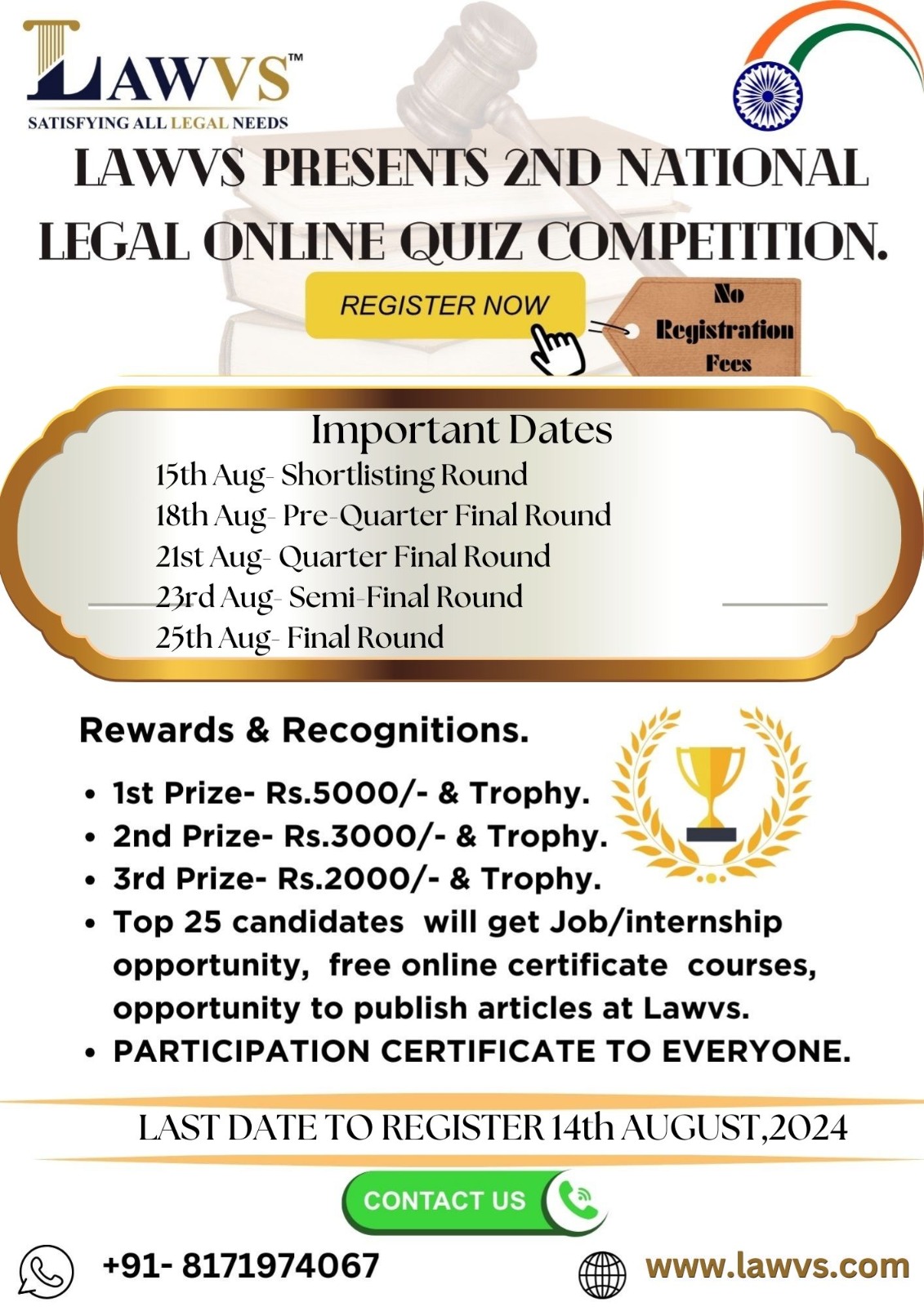TOPIC- ISSUES
RELATED TO SECTION
66A OF IT ACT
KRATI WALYAN
DR. RAM MANOHAR LOHIYA NATIONAL LAW UNIVERSITY,
LUCKNOW
Issues Related
to Section 66A of IT Act 2000
INTRODUCTION
With the increase in technology, there has been an increase in cyber crimes. For this purpose, The Information Technology Act was enacted. It provides the legal framework to protect data related to e-commerce and digital signatures. IT act, 2000 provides legal recognition to the transaction performed by the electronic communication. It also prescribes the punishment for several cyber crimes. Section 66A of the act was inserted by an amendment in 2009 to address the cases of cyber crime with the emergence of technology and the internet. Section 66A was controversial and widely criticized and was struck down by the Hon’ble Supreme Court in 2015 in the case of Shreya Singhal v. Union of India
SECTION 66A OF IT ACT 2000
Any person who sends, by means of a computer resource or
a communication device,
a.any information
that is grossly offensive or has menacing character;or
b.any information which he knows to be
false, but for the purpose of causing annoyance, inconvenience, danger, obstruction, insult, injury, criminal
intimidation, enmity, hatred or ill will, persistently by making use of such computer resource
or a communication device;
c. any electronic mail or electronic mail
message for the purpose of causing annoyance or inconvenience or to deceive or to mislead the addressee or
recipient about the origin of such
messages, shall be punishable with imprisonment for a term which may extend to three years and with fine.”
Section 66A prescribes punishment for offensive messages through online communication.The provision was intended to address cyber crimes against women, particularly to punish peoplewho send offensive text messages to women.
This provision was widely criticized as its language is vague and is violative of people's fundamental rights.
ISSUES WITH SECTION 66A OF IT ACT 2000
1. Vagueness- The flaw in Section 66A was that it established an offence based on behaviors that were not specifically specified, such as "inconvenience, danger, obstruction, and insult," which do not come within any of the exclusions provided by Article 19 of the Constitution, which protects the right to free speech.
2. Overreach- This provision was penalizing the legitimate criticism of the
government which is against the
fundamental right under Article 19(1)(a) of the Constitution of India.
3. Misuse and arbitrary arrests-
The provision was often misused
by the police and other
law enforcement agencies
to harass and intimidate political
opponents, critics, and journalists.
It was used to arrest individuals for expressing dissenting opinions or making critical
remarks online. It was also
used to silence minorities and marginalized groups.
4. Against
Fundamental Rights- Section 66A was against Article 19(1)(a) i.e. Freedom of Speech and expression and also Article 21
i.e. Right to life and personal liberty. The
fundamental rights are subjected to reasonable restriction but Section
66A was taking away the right to express one’s views.
5. Lack
of safeguards- The provision does not provide any safeguards or instructions to
prevent misuse. Without procedural safeguards, individuals could be
detained without following the due process of law.
CASE LAWS
It was believed that the police had abused their authority by using Section 66A, alleging that it infringes the freedom of speech and expression, among other things.The Supreme Court struck down Section 66A of IT act, 2000 in entirety and declared it unconstitutional as it took away the Fundamental Right given under Article 19(1)(a) of the constitution.
2. Arnab
Goswami v. Union of India (2020)2- Arnab Goswami,
an anchor and the Editor-in-Chief of Republic TV, was the petitioner in this case. He was accused of violating laws, including Sections 500, 504, 506, 153, and 298
of the Indian Penal Code, by members
of the Indian National Congress. These accusations came after the airing of two broadcasts on Republic TV on the 16th
and 21st of April, 2020, in which Goswami talked
about the Palghar Lynching incident. The Palghar Lynching was a horrific
incident in which a mob brutally
beat three people to death, two of whom were Hindu priests. Goswami's broadcasts were critical of the
Indian National Congress and its president, Sonia
Gandhi. He accused Gandhi of orchestrating the mob lynching and of being silent on the issue. Goswami also alleged that he was
assaulted by two people on a motorbike on
April 23rd. Goswami moved the court under Article 32 to enforce his right to
freedom and expression as granted
by Article 19 (1) (a) of the Constitution.The Supreme Court reiterated its decision in
Shreya Singhal and held that Section 66A cannot
be used to silence journalists or to restrict the freedom of the press.
CONCLUSION
The striking down of Section 66A was a landmark victory for free speech and expression in India. It is important to remember that the right to freedom of expression is not absolute, but it is a fundamental right that is essential for a healthy democracy. The government must not use the law to stifle dissent or to silence minorities and marginalized groups.

